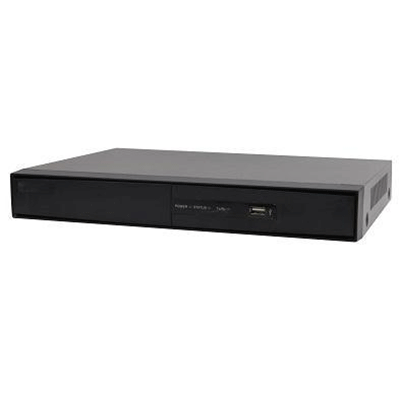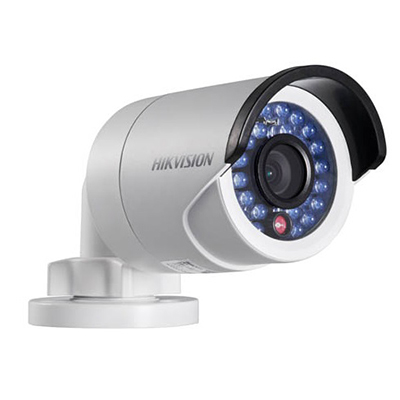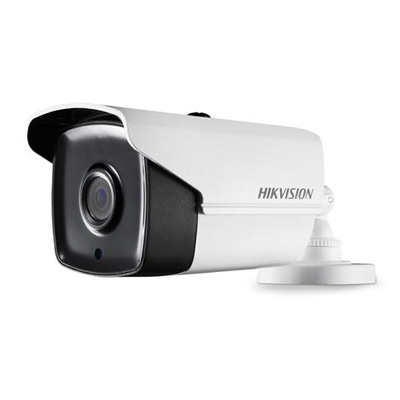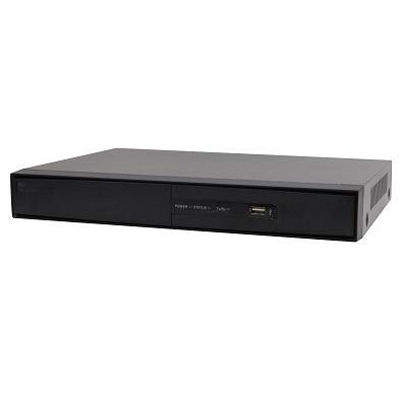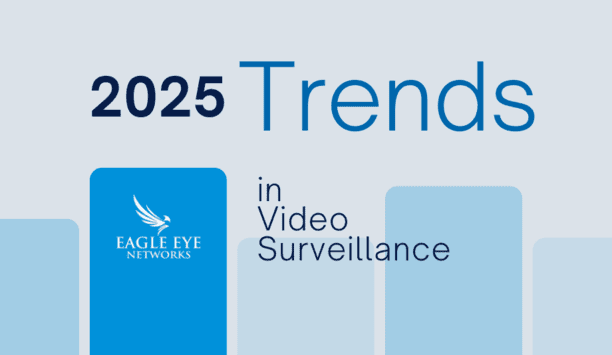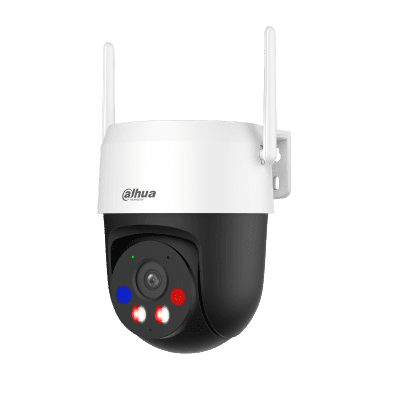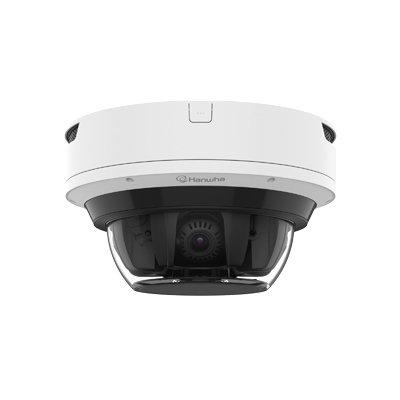The solar system has fascinated mankind for thousands of years. Astronomical research is looking for answers to the big questions of human existence. How big is the universe? How did it come into being?
Astronomers all over the world are casting their gaze into space. However, it is not only huge space telescopes that provide spectacular images, smaller telescopes equipped with standard industrial cameras also allow backyard astronomers to look far and gain new insights.
Image sensors
However, in addition to versatile camera software, the right sensors are crucial for the quality of the images.
Australian amateur astronomer Anthony Wesley has found the uEye XCP camera from IDS, equipped with Sony Starvis 2 sensors, to be an excellent choice for capturing high-resolution pictures of the neighbouring planets including Venus, Mars, Jupiter, and Saturn.
Astrophotography
Astrophotography has to overcome special challenges in two respects, both technical and natural. This applies in particular to telescopic images of planets.
Technical challenges
Seeing leads to a flickering or blurring of the objects, especially when observing through earthbound telescopes
Firstly, the Earth's atmosphere is constantly in motion, creating turbulence that distorts the light coming from the stars or planets. This so-called ‘seeing’ leads to a flickering or blurring of the objects, especially when observing through earthbound telescopes.
This blurring and distortion caused by atmospheric turbulence makes it difficult to capture detailed images.
Natural challenges
Secondly, the earth's atmosphere absorbs and scatters visible or short-wave blue light. Near-infrared light, on the other hand, is scattered less, which leads to clearer and sharper images.
This is particularly important in regions with poor ‘seeing’ conditions caused by air turbulence. In addition, infrared light penetrates thin clouds and dust particles better than visible light.
- NIR-sensitive sensors
By using a NIR-sensitive camera, astronomers can look behind these interstellar dust clouds and recognise structures that remain hidden in visible light. This applies, for example, to young stars and star-forming regions, which are usually surrounded by dense dust clouds.
But the same applies to capturing images of large planets such as Saturn or Jupiter: the more powerful the camera in the low-light range, the more informative the images will be. Not to be neglected: Infrared light is less influenced by artificial light sources on Earth. This means that NIR-sensitive sensors also offer better conditions for observing the sky in areas with moderate light pollution.
Application
U3-38C0XCP-M-NO which is equipped with the IMX662 monochrome sensor, delivers excellent results
Cameras with particularly high NIR sensitivity are therefore in high demand.
In this context, amateur astronomer Anthony Wesley has investigated the performance of IDS cameras from the XCP family with Starvis 2 class sensors and their suitability for planetary photography - with success: The IDS camera model U3-38C0XCP-M-NO which is equipped with the IMX662 monochrome sensor, delivers excellent results.
One- to two-minute video segments
"The IDS camera is the imaging element for a telescope with an aperture of 415 millimetres and a focal length of 6000 millimetres," he explains the camera's function.
"It records one- to two-minute video segments of planets such as Jupiter and Saturn at a speed of around 60 frames per second through interchangeable filters, both in visible light and in the infrared range."
Barlow lens
To form a single optical unit that fits into the eyepiece socket of the telescope, Anthony Wesley screwed the IDS camera, filter wheel, and Barlow lens directly together.
The Barlow lens between the eyepiece and the telescope extends the focal path of the telescope and thus increases the magnification without the need for an additional eyepiece. "The IDS camera base has been modified to allow mounting at a low distance, as I don't need the standard C/CS distance," he explains the design.
Higher image quality
U3-38C0XCP Rev.1.2 model with the 2.16 MPixel IMX662 rolling shutter sensor achieves exceptional images
But what features make the camera particularly suitable for this application? "Light sensitivity that goes far beyond the human eye - that's what sensors with Starvis 2 technology from Sony stand for," says Jürgen Hejna, Product Manager of uEye cameras at IDS, summarising the strength of the sensors.
For example, the U3-38C0XCP Rev.1.2 model with the 2.16 MPixel IMX662 rolling shutter sensor achieves exceptional image quality with a particularly high dynamic range thanks to the pixel technology.
USB3 camera
The USB3 camera delivers a fast 88 images per second and is particularly strong in low-light applications where high sensitivity and low resolution are required.
The 1/3’’ sensor also minimises distracting reflections within the camera thanks to so-called “Anti-Reflection Coating”.
Advantages
For Anthony Wesley, the compact camera has further advantages: "The compact, lightweight uEye XCP is well suited for amateur telescopes. The uEye cameras are inexpensive, but offer almost all the functions that amateur astronomers want for this application."
He was also impressed by the easy integration of the IDS cameras via the IDS peak software development kit. "I am the developer and maintainer of the IDS camera module in the FireCapture software, which is popular with amateur astronomers. The IDS module is written in C with Microsoft Visual Studio and is compiled into a DLL that can be easily loaded into FireCapture to enable the use of the comprehensive software features."
Image processing
The video segments recorded using FireCapture are then further processed using Autostakkert
The video segments recorded using FireCapture are then further processed using Autostakkert, a Windows software programme that automatically aligns and merges the images of the night sky.
"The software combines and averages the individual images and corrects for blurring and distortion caused by the Earth's atmosphere," explains Anthony Wesley. These blurs can appear as blurring or image noise and obscure important details in the images.
Method of deconvolution
In astronomical imaging, the method of deconvolution is therefore used to optimise the image quality of telescope images and to correct blurred or distorted images.
In this case, the Astra Image and Registax software packages are used for deconvolution and image sharpening. In the next step, the observed rotation of the target object during the recording time must be corrected.
Winjupos software
"For example, Jupiter rotates by one degree every 90 seconds," says Anthony. The Winjupos software is used for this, which can be used to superimpose, derogate and adjust time-shifted images and videos and to merge red/green/blue images into one colour image.
"The final image clean-up is done with Gimp. In this way, the post-processing of the video can compensate for the blurring effect of the earth's atmosphere and drastically reduce it so that a clear image of the target object is created," says Anthony, summarising the final image processing procedure.
Software
The IDS cameras are easily integrated using the IDS peak software development kit
To guarantee all this, however, perfect interaction between hardware and software is required. The IDS cameras are easily integrated using the IDS peak software development kit (SDK).
"IDS peak is perfectly matched to our hardware, allowing users to get the most out of our cameras. It includes programmeming interfaces and software tools that ensure an intuitive programmeming experience, quick and easy installation, and versatile application options," emphasises Damien Wang, Area Sales Manager at IDS. This makes it possible to utilise the extensive features of the FireCapture software specially developed for astrophotography.
Sensitivity in the infrared range
"With the uEye XCP models, we are not only offering something new in our portfolio but are also once again among the pioneers in the industrial camera market. The current sensor technology of these cameras ensures high frame rates, and remarkably high image quality - and impresses with its high sensitivity in the infrared range, even when used in low-light situations such as planetary photography."
"With the components used here, not only professional but also amateur astronomers can take particularly high-resolution images of celestial objects," emphasises Jürgen Hejna.
Class 2 Sony Starvis sensors
Anthony Wesley has been observing planets as well as the camera market very closely for over twenty years. "Cameras and technology made an evolutionary step forward from the past, in either NIR sensitivity or low noise."
"The technology of the uEye XCP in combination with the class 2 Sony Starvis sensors are undoubtedly among the best currently available," he concludes.
Outlook
"Cameras based on the Sony Starvis 2 sensors will be popular with amateur astronomers in the planetary imaging community due to their high sensitivity, great depth of field, and low noise," says Anthony Wesley. "Especially in the NIR range between 700 nm and 1000 nm, where very interesting work can be achieved that will advance our understanding of other planets in our solar system."
However, the field of application of the cameras does not only extend into space. "Many of the techniques used can also be applied to other areas with similar challenges, such as underwater imaging in low-light environments," recommends the Australian.
- Camera: uEye XCP - The industry's smallest housed camera with C-mount.
- Model used: U3-38C0XCP-M-NO
- Camera Family: uEye XCP











